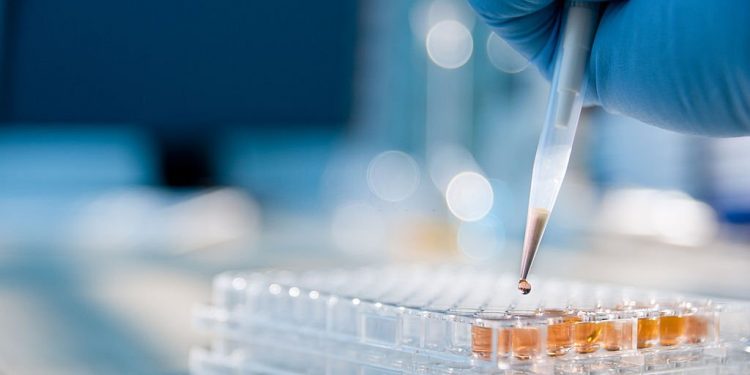Drug development, both medical and cosmetic, can be a dangerous endeavour. Being able to synthesize a compound that bears no harm to the host and treats a variety of immune systems well is a huge undertaking. For these reasons, before the development starts, preclinical processes must be followed to account for time, supply of test samples, budgeting, official regulations, and more.
Time Management
We have seen from the video game industry, the cost-of-living crisis, and more, that trying to condense a lot of work and change into a short amount of time is dangerous, even when not dealing with an immune system. Trials need to account for strict schedules, that also have excess time for sharp analysis and reactive measures. If your timeline assumes everything will go well, then you won’t be prepared if it doesn’t. Establishing a timeline early is a key part of the preclinical process and affects the final drug date massively.
High-Quality Immune System Models
When developing a drug, the formula will need to be tested. Work on paper only goes so far as to confirm what the real-world reaction will be. Incredibly important to preclinical research is organizing access to a series of In Vivo or In Vitro Models. With modern science, we can create In Vivo baselines that will respond to the drug with maximum efficacy, showing even small mistakes or deviances almost immediately (compared to standard, unregulated models). What this means, is that the rat and mouse cell models used by these labs will show even the smallest problems with the drug, and conversely, also any positive effects too. This means faster research, faster development, and a tighter timeline.
Paperwork and Oversight
Developing drugs is a serious business with potentially life-long consequences for failure. It makes sense, then, that the US has the FDA to regulate the process. No matter how prepared and supplied a company might think it is, the FDA process will test and regulate it. This ensures a minimum level of safety, funding, and intent to produce. Preclinical trials might be overrunning during this process and that’s why time management is so vital. Paperwork takes time, and compounding these efforts is the fastest way to reach production.
The FDA aren’t simply there to oversee, but rather, to give specific goals and requirements for the chosen drug’s production. This helps keep the timeline focused and gives the researcher targets to aim for that will, upon completion, increase the safety of the drug.
Funding
None of these processes come free, and having a group of invested parties is vital to a drug’s success. These parties are truly invested in the project and production of the drug and will even have specific expertise in areas that the researcher might not. By forming a collaborative team, the stakeholders and the project lead can organize the preclinical trials into key areas of development. Essentially, the project begins to look and feel like a company, with departments and managers of those departments all working separately, but together on the same project.
Combining all these elements is how preclinical trials take a formula and turn it into a finalized drug. Between tight timelines, using collaboration with experts, using the latest and best In Vivo models, and approving progress with regulatory bodies, like the FDA, the process is surprisingly deep, but also robust, thorough, and, most importantly, safe.













